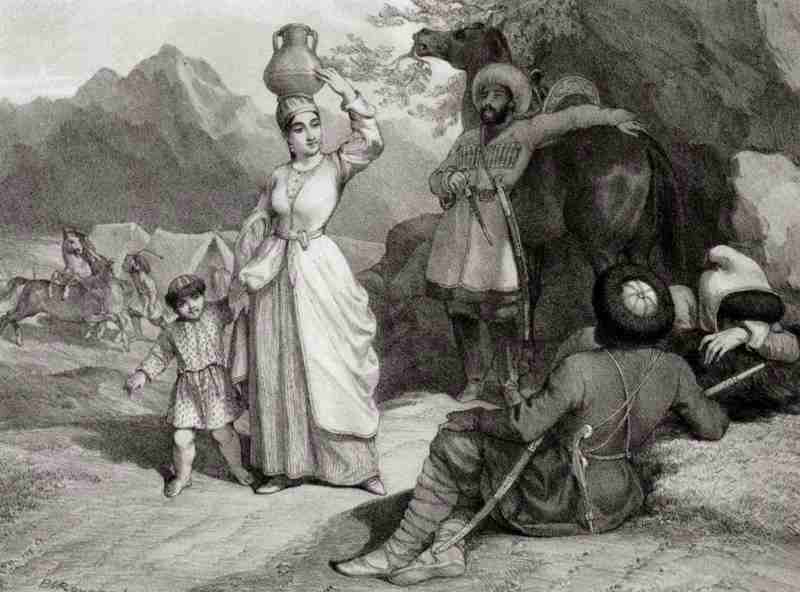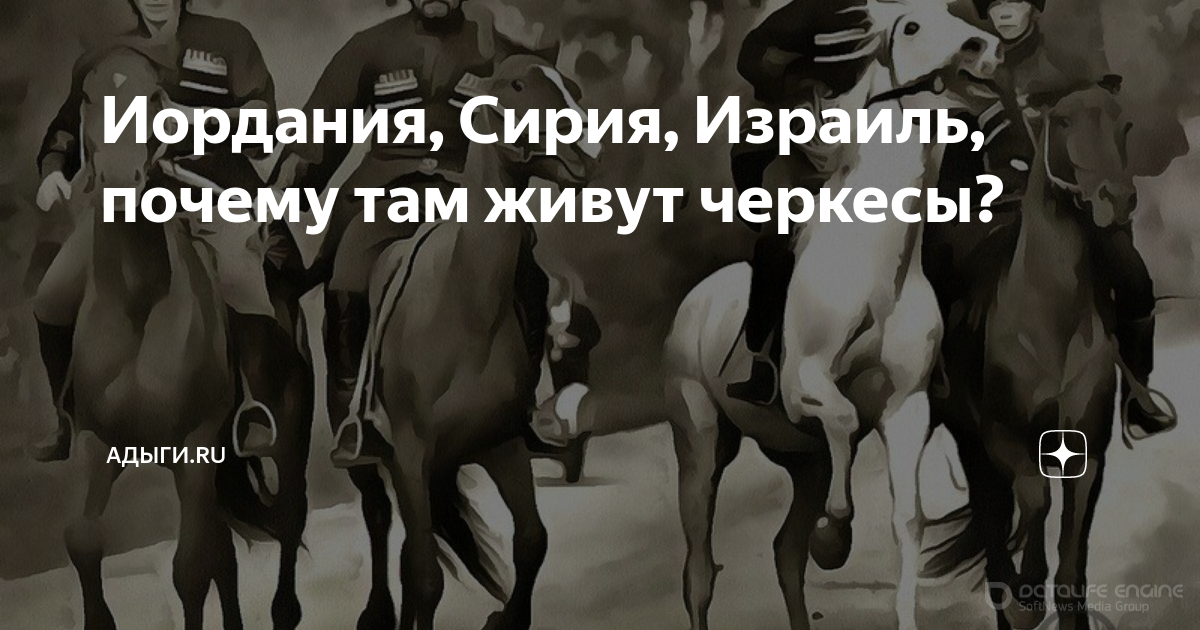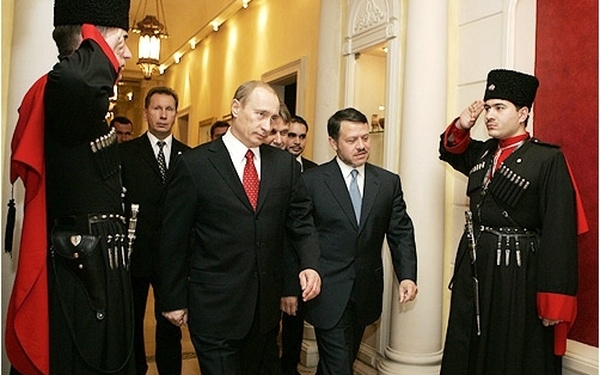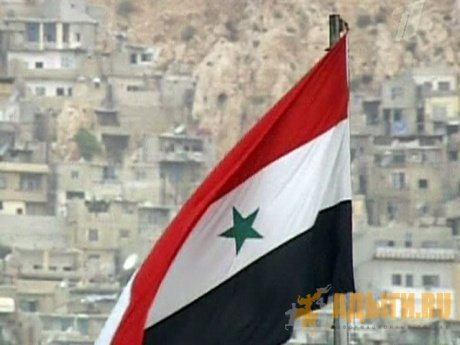
Circassian language, used in Cherkasov or Circassians, of which the true name is Adige (Adizh). They seem to be the essence of Lyges Strabo, Zuchoi, Peripl Arryonov, Sychen, Zyches, or Zeches of Byzantine writers. In the Middle Ages, these Zii and Circassians occupied the whole coast of the Sea of Azov from the mouth of the Don to the Cimmerian Coast; they are now the most numerous people in Cherkessia. The most educated tribes of them are ruled by hereditary Princes, who make up a kind of union and depend on Russia, Kabardians receive even a tribute from many neighboring small nations, and between others and from the Abaza. The Circassians are divided into 11 hordes, of which the main points are as follows: the Great Kabarda and the Small Kabarda; the first consists of a country irrigated by Kumoy, Malkoy, Baksan, Cherek, Chegem and others; the second occupies the lands along which the Kumbalei, Kirshin and so on flow. These two hordes are generally known as Cherkasov-Kabardians, or simply Kabardians. They have been successful in citizenship and are distinguished from all Caucasian peoples by their beauty and tall stature. Besleny live at the headwaters of Laba and Klotz. Termirgoi or Kemurkhekhi, between Avim and Psegoi, live much better than all others, except Kabardians. Chapchiki. dwelling in the high valleys irrigated by Antigir, Bugundar, Satassoy and Chebik, are quite mixed, as well as the Abazehs, who now form the largest horde; these latter live west from Laba to Subji; they are almost without religion and big thieves. In the Circassian language, there is neither clan nor member; declension has 6 cases and is made by changing the letters of the end; the plural is formed by adding the syllable heh, and to signify a large number the syllable code is added; for example Gha dog, ghahe dogs, gkhakod, many dogs. The comparative degree is made by adding the syllable nah in front of the name, and the superlative is done by the grandfather, after a word for example: “Great ini, nahyin more, and very great in idened. This language has a wrong syntax; for example Mazar vagog me nahiin-sh dghhe we nahtzuk-sh, literally: Lune etoile de plus grand est soleil de plus petit est, i.e., the moon has more stars and less sun. Pronunciation is one of the most difficult in the world: many syllables are completely inimitable, due to the peculiar movement of the language and the extremely diverse change in the tone of vowels and double-vowels; many consonants are pronounced so strongly by the throat that hardly any European can pronounce them. Circassian language shows some affinity with the Ural languages, especially with the roots of the Vogulich and Ostyak Siberian languages; many words passed from him to Abaza, which unfairly considered Gildenshtedt almost the same as Circassian. According to Klaproth, the Circassians, speaking in the field for robbery, use a special dialect, in which they agree in advance between themselves. The most common among them are adverbs of this category (jargon) two: Shakobshe and Farhips. The first, it seems, is the original language, for it has no resemblance to the Circassian. Pharships is based on a common language, adding to each syllable or fi; on pr. handwriting ia (hand), pofarhips iriari; handwriting tahum (ear), pofarships tarihuririri; handwriting ne (peh nose), pofarships iriperi. The same scholar philologist remarked that many of the Polovtsian names, preserved in the Russian chronicles, are still in use between the Circassians; This makes him think that the Polovtsi or Komans were under the authority of this people and that the Russian chronicles kept us only the names of their Princes and leaders, who were Circassians ...
#adyge #russia #circassia #live #goodmen












